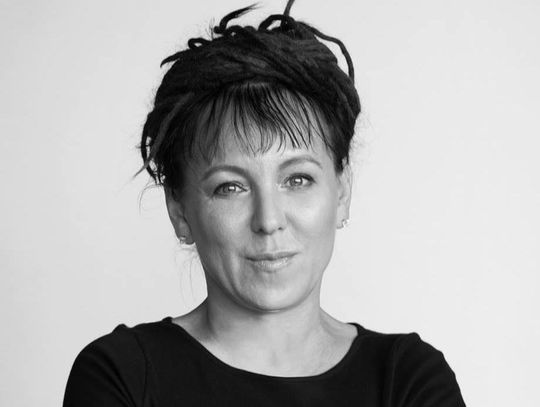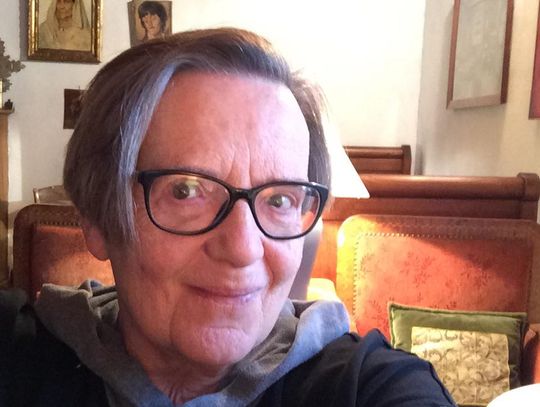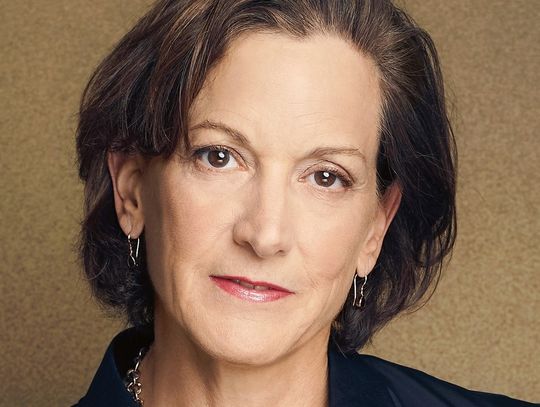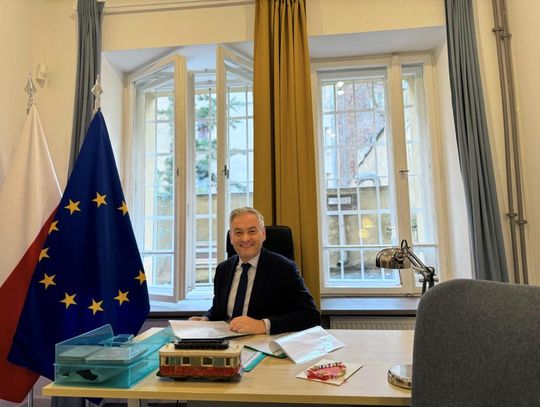Od lat 50. XX w. amerykański system szkolnictwa znajduje się pod ciągłym ostrzałem krytyki i choć przeszedł wiele reform, nie przyniosły one widocznej poprawy. Badanie w ramach Programu Międzynarodowej Oceny Umiejętności Uczniów (PISA) po raz kolejny wykazało, że nasi 15-latkowie osiągają wyniki poniżej średniej w matematyce, naukach ścisłych i czytaniu.
Fakt ten wywołał automatyczną reakcję w postaci propozycji reformy oświaty: więcej testów standaryzowanych, zwalnianie dyrektorów i nauczycieli w nieefektywnych szkołach, prywatyzacja szkolnictwa publicznego i zamykanie szkół niespełniających wymagań.
Powyższe „reformy” wprowadziło wiele stanów i dystryktów szkolnych, a rezultaty wciąż są takie same. Nasi uczniowie nadal nie osiągają lepszych wyników.
Jakie są głębsze tego przyczyny? Jak w każdym teście, nie wszyscy uczniowie i szkoły wypadli źle. Uczniowie z zamożniejszych rodzin z reguły osiągają lepsze wyniki testów, tak jak bogatsze dystrykty szkolne oferują wyższy poziom nauczania od dystryktów biedniejszych.
Jest rzeczą zrozumiałą, że uczniowie z rodzin z klasy średniej lub wyższej wychowują się w środowisku sprzyjającym odnoszeniu sukcesów szkolnych, ponieważ w domu mają dostęp do książek, które także czytają im rodzice. W domu mają kącik do nauki i odrabiania prac domowych, zabiera się ich do muzeów oraz przedstawia wzorce do naśladowania.
Życie w biedniejszych dzielnicach jest całkowicie odmienne: wokół handlarze narkotyków, naciski na wstąpienie do gangu, atmosfera strachu przed postrzeleniem w drodze do szkoły, bezrobocie oraz ulice z budynkami z oknami zabitymi deskami i graffiti na ścianach. Jak dobry musi być taki nauczyciel, któremu każe się uczyć dzieci głodne, schorowane, wystraszone, nieprzygotowane do lekcji i zmęczone życiem w ubóstwie?
Nasi obecni reformatorzy oświaty nie poprawią sytuacji w szkołach, gdyż nie przyjmują do wiadomości, że aktualny system ekonomiczny stworzył nierówności, które szkodzą naszym dzieciom i naszym szkołom. Papież Franciszek potępia „nieokiełznany kapitalizm” i ostrzega: „Dopóki radykalnie nie rozwiąże się problemu ubóstwa (…) poprzez walkę ze strukturalnymi przyczynami nierówności, dopóty problemy świata nie będą rozwiązane”. Dotyczy to również edukacji.
Steve H. Tokarski, wydawca
Real Education Reform
Since the 1950s the American education system has been under constant criticism and has faced numerous reform programs which have not resulted in any noticeable improvement. The Program for International Student Assessment has once again reported that our 15-year-olds scored below average in math, science, and reading.
This has produced that typical knee-jerk reaction for educational reforms within the schools such as more standardized tests for students, dismissing principals and teachers in non-producing schools, privatization of our public educational system, and closing overwhelmed public schools.
These above “reforms” have been initiated by many states and school districts and yet the results are still the same. Our students do not do better.
But what are the true root causes that our students perform poorly? As in all testing, not all students fail and not all schools fail. Well advantaged students invariably get higher test scores than poor as well as richer school districts do better than poorer school districts.
It is obvious that students from the middle class and above have grown up in an environment conducive to academic success because they have books at home and parents available to read to them. They have a place at home to study and do their homework; they are taken to museums and have many role models of educated professional and business people around them.
Contrast this with the inner-city communities: surrounded by drug dealers, pressured to join a gang, worried about being shot on the way to school, being unemployed, and communities with boarded up buildings adorned with graffiti. How good is the teacher if he or she has to teach students who are hungry, sick, scared, lacking preparation, and worn down with the constant specter of poverty?
Our current educational reformers will not correct the in-school problems because of their refusal to acknowledge our current economic system has generated inequality that has crippled our children and our schools. Pope Francis in his apostolic warning condemned “unfettered capitalism”, saying: “As long as the problem of the poor is not radically resolved (…) by attacking the structural cause of inequality, no solution will be found for the world’s problems.” This includes education.
Steve Tokarski, Publisher
Reklama











